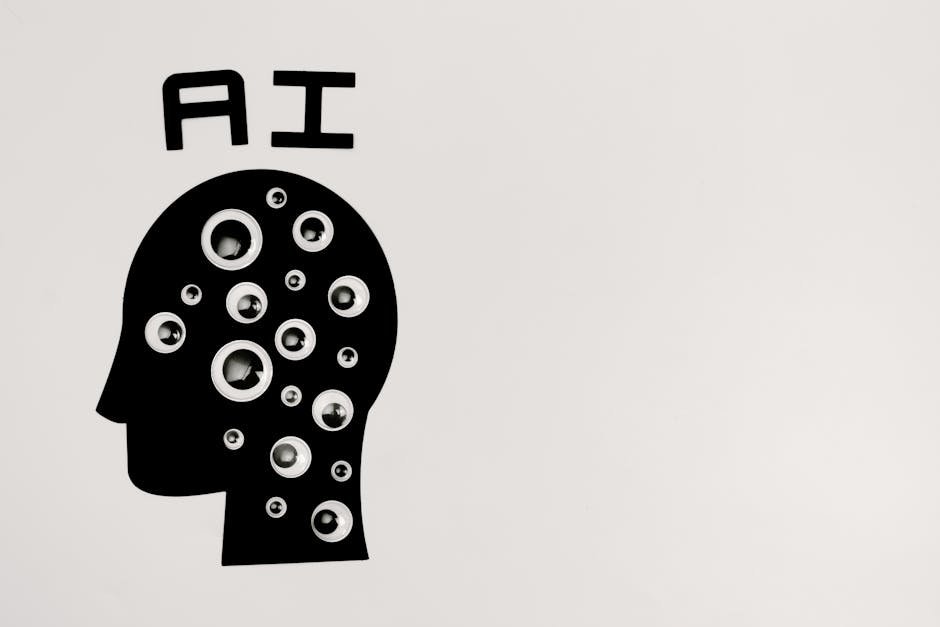This has been another big week in AI, with developments ranging from the release of another model from Chinese company DeepSeek, to the acquisition of X (the social network formerly known as Twitter) by Elon Musk’s xAI, via thousands of Ghiblified images on ChaGPT.
At the start of last week DeepSeek lauched a new model, V3-0324. Different from its previous Nvidia stock-shattering R1 model but still powerful, V3-0324 has improved performance. Lawyers are still unlikely to be using the hosted model for privacy reasons, but as before this is open source so the model can be downloaded and run locally. One user has reported making it run on 10 year old equipment! Coders have found V3-0324 to be successful at generating good quality code, but even so everyone awaits the next version of their reasoning model.
That wasn’t the only Chinese open source model – Alibaba launched Qwen2. This, or something like it, is likely to be important for privacy-conscious sectors like legal. The model is specifically designed to be low resource, so is easier to run locally for specific defined applications.
Following the field of AI image generation and iteration was like riding a roller coaster last week. Google Gemini’s experimental capabilities were exciting to start with, showing greater ability to alter existing images than was possible hitherto. Worryingly it became apparent quickly that one use was to remove watermarks from stock images. Cue lawyers explaining about licensing and how the stock companies enforce this.
Another image start-up, Reve AI, impressed many. It claims greater adherence to prompts (so British lawyers might finally get legal imagery that does NOT feature a gavel, omnipresent in US legal images). Reve offer low cost but high quality imagery and seemed poised to knock Midjourney off their perch.
However, that was all eclipsed when OpenAI’s ChatGPT introduced their improved image generation with a photo tweeted (X’ed?) by Sam Altman, showing the capability to change a standard photo into the style of legendary anime artist Hayao Miyazaki, of Studio Ghibli (My Neighbour Totoro & the Oscar-winning Spirited Away, amongst others). The internet exploded with Ghiblified images so much that Altman commented on X that his servers were melting and rate limited had to be imposed, followed by angst from creatives, then start-ups trying to capitalise on the trend, and finally at least one cease and desist letter from Ghibli’s lawyers (the style is not capable of copyright, but use of the studio’s name obviously is capable of protection).
The relevance of this is many faceted: (a) this truly brought AI to the masses in a way that really illustrated its power, helped in no small way by the affection so many have for Miyazaki’s work; (b) creatives, designers, ad agencies – all simultaneously saw new possibilities for easy production of art, as well as the demolition of much of their commercial moat with facilities now available to all; (c) the ability to create images or alter them offers many possibilities for fraudsters who can do everything from remove watermarks to generate fake passport photos; and (d) the rise and fall of once-mighty companies was again shown as seemingly unassailable Midjourney was instantly forgotten about, especially with their clunky Discord UI.
The future for image generation is plainly more in the ChatGPT format rather than anything more complicated. However for lawyers, photographic evidence is no longer reliable unless from a trusted and verifiable source, with evidential continuity fully established and transparent.
Finally, xAI. The AI known as Grok (whose Grok3 is very capable) is operated by the xAI Corp, owned of course by Elon Musk. Musk had bought X but now xAI owns both. What are the ramifications? X may gain from additional AI capabilities, but the winner is xAI, gaining unlimited access to the enormous databank of X and Twitter content.
Lastly we have to mention Prof. Richard Susskind, whose column in The Times posited the idea that traditional lawyers will have ceased to exist by 2035. Some have pointed out that he originally said that would happen by 2025, which it plainly has not, but the developments and the trajectory are clear. AI is undoubtedly going to have more and more impact on legal practice, and the speed at which it advances is blistering.
Lawyers are certainly going to have to alter how they work but many need to catch-up with where we are now, let alone where we are going. It will be a shock for some and a boon for others. The challenge is for lawyers to work out what they are for – what is their USP?
It is not the ability to wade through and assimilate information. It is not redlining of contracts or processing of documents. All of those things can be automated. There will need to be soul-searching, but we hope that what lawyers will find is their core desire to help their clients, to understand their clients’ needs and aspirations, or fears, to articulate those feelings and express them before the courts or to others, and to be of ever greater assistance.
The time to look into AI and refine your AI strategy is now. Get in touch to start the process.


